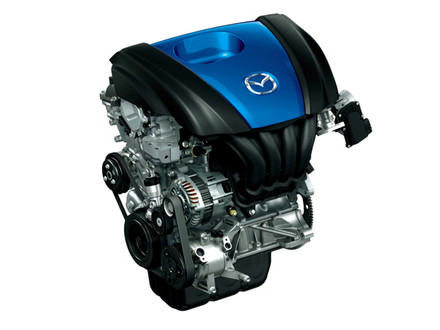
Mazda announced a brand-new 1.3 liter engine featuring next-generation SKYACTIV technologies, which has an average fuel consumption of around 3.5 liters per 100 km.
To be unveiled at the Automotive Engineering Exposition that will be held from May 18 through 20, 2011, at the Pacifico Yokohama convention center near Tokyo, Japan, this new engine achieves a record high compression ratio of 14.0:1 and features a number of new technologies, such as piston cavities that are specially designed to support ideal combustion, and multi-hole injectors that enable precise fuel injection control.
This is of course a very complex piece of kit, but Mazda is willing to go this distance to avoid using hybrid system or turbochargers. Still, since they achieved an amazing fuel consumption rating, it means that it works.
From here things get a bit technical. So if you don’t feel like reading boring stuff you should just know that it makes 84 PS and 112 Nm of torque and does 30km/liter.
Mazda plans to introduce the SKYACTIV-G 1.3 to the Japanese market in the facelifted Mazda Demio (known overseas as the Mazda2) during the first half of 2011. It will be the first ever 1.3-liter direct-injection gasoline engine to be equipped in a compact car manufactured in Japan. Combined with Mazda’s unique idling stop system, i-stop, and a continuously variable transmission (CVT), SKYACTIV-G 1.3 will achieve fuel economy of 30km/L under Japan’s 10-15 mode test cycle.
Mazda has applied for over 130 patents in relation to the engine (as of the end of February, 2011).
SKYACTIV TECHNOLOGY is the umbrella term for Mazda’s range of next-generation technologies – including gasoline and diesel engines, transmissions, and a new body and chassis – that significantly improve vehicle driving dynamics as well as environmental and safety performance. The SKYACTIV-G 1.3 that is equipped in the facelifted Mazda Demio adopts all of Mazda’s SKYACTIV engine technologies except for the exhaust manifold. It also features other new components that are exclusive to the Demio, such as a cooled EGR* system.
Under its Sustainable Zoom-Zoom vision, Mazda aims to deliver outstanding driving pleasure as well as environmental and safety performance, and is committed to increasing its global fleet fuel economy by 30 percent by 2015, compared with the 2008 level.
* EGR: Exhaust Gas Recirculation
Main features of the SKYACTIV-G 1.3 engine
* Highly efficient automobile gasoline engine and the world’s first to achieve a compression ratio of 14.0:1
* Multi-hole injectors enable precise fuel injection control for ideal combustion
* Mazda’s first dual sequential valve timing system (dual S-VT with electronically-operated intake) in combination with the high compression ratio achieves an unconventional Miller cycle (extremely delayed closure of intake valves) that improves efficiency
* Compact combustion chambers have a longer stroke for better efficiency
* Piston cavities are specially designed to support ideal combustion
* 30 percent less mechanical friction, due to a narrower crankshaft, new roller followers and low-tension piston rings that also reduce oil consumption
* Various countermeasures to prevent knocking, including a cooled EGR system
* An updated version of Mazda’s innovative idling stop system, i-stop, improves fuel economy by eight percent. It operates with a higher frequency, requires less fuel to restart, and achieves a smoother restart
* A lightweight and highly rigid aluminum alloy engine blockMajor specifications of the SKYACTIV-G 1.3
Inline four-cylinder 1.3-liter direct-injection engine (with i-stop)
Engine displacement: 1.298cc
Bore and stroke: 71.0mm x 82.0mm
Compression ratio: 14.0:1
Maximum output (net): 62kw@5,400rpm (84ps@5,400rpm)
Maximum torque (net): 112Nm@4,000rpm



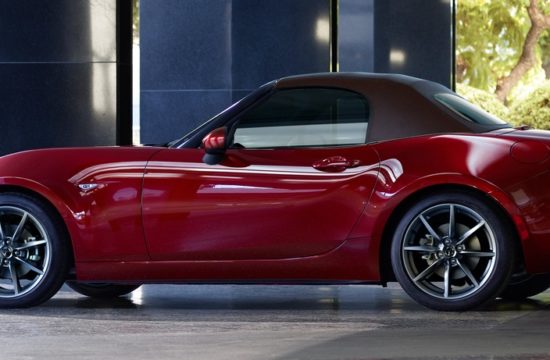

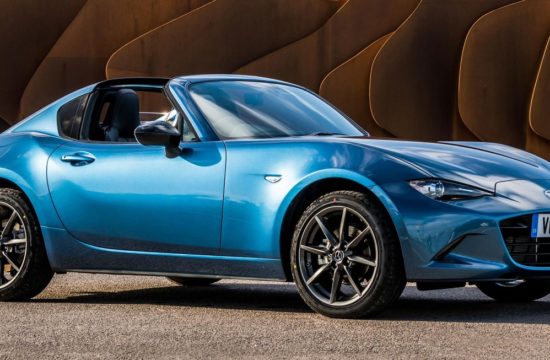
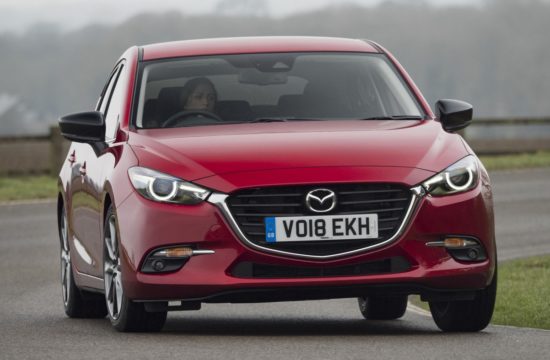

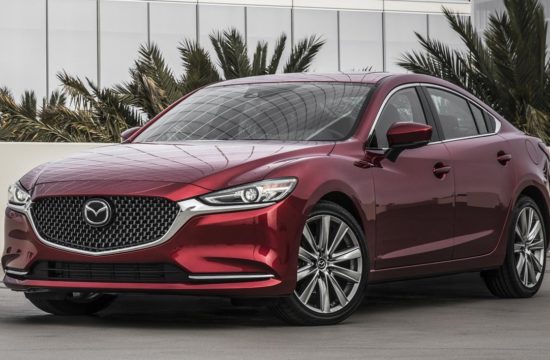
unconventional miller cycle? so this is a NA high compression miller cycle engine?
hmm…wonder what would be the outcome if mazda adds turbocharging